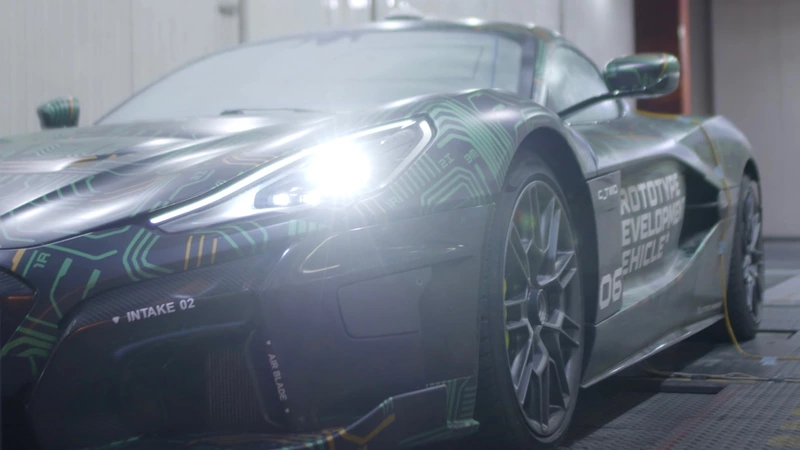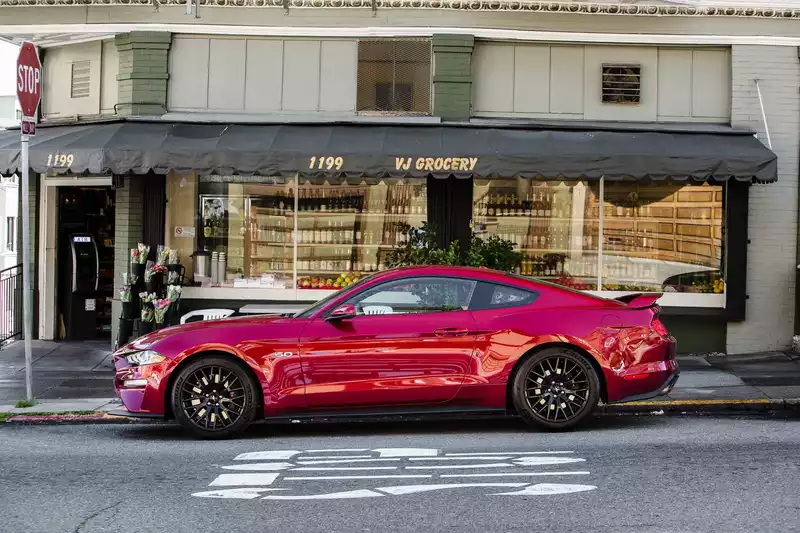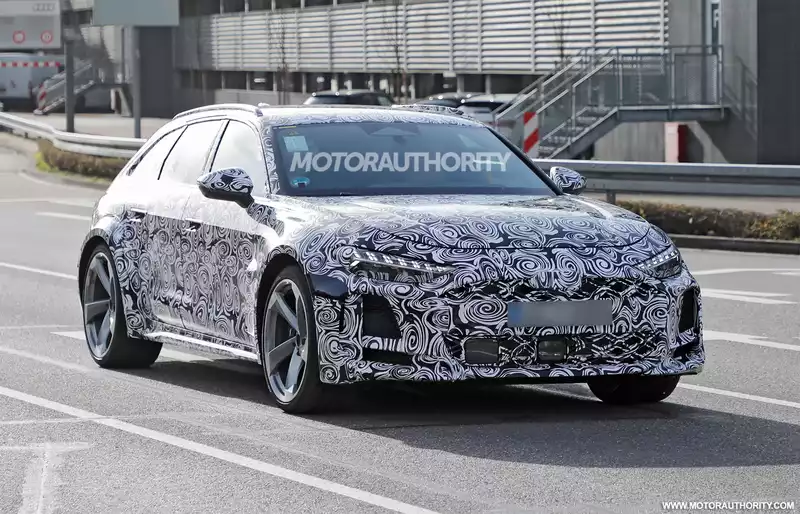The cold weather test for Rimac C_Two is as follows

As Rimac's electric supercar C_Two heads into production, the company is working to complete testing. The latest item on the agenda is testing in extreme weather conditions, as explained in Rimac's latest video.
Like other automakers selling cars worldwide, Rimac needs to make sure that the C_Two can withstand a variety of climates. To that end, the company is testing its prototype in a constant-temperature chamber.
The chamber can produce temperatures ranging from -4 to 118 degrees Fahrenheit. It can also create high humidity and can be lit to replicate the effect of parking outdoors on a sunny day, Rimac said.
With the lights on, the interior of the prototype reached 158 degrees Fahrenheit, but the air conditioner was still able to cool it to 72 degrees without a problem, Rimac said.
As part of the cold weather testing, engineers lowered the temperature to -4 degrees Fahrenheit with the doors wide open. This showed that all components were exposed to the cold and still functioned.
Even low-volume automakers like Rimac need to conduct this type of testing to meet global regulations. In addition to testing in harsh weather conditions, Rimac even conducts crash tests and electromagnetic radiation tests. There's more: Rimac says it plans to conduct further homologation tests, durability tests, and noise, vibration, and harshness (NVH) "tweaks" before the production version of the C_Two is unveiled later this year.
First unveiled as a concept model at the 2018 Geneva International Motor Show, the C_Two has impressive numbers, including 1,914 hp and 1,700 lb-ft of torque from its four-motor powertrain, 0-60 mph acceleration in 1.85 seconds, and a top speed of 258 mph RIMAC boasts an impressive Rimac plans to produce 150 units, with a rumored price tag of $2 million each.
Rimac originally planned to unveil a production model of the C_Two last year, but was unable to do so due to the coronavirus pandemic. The company had previously stated that production would begin in 2021, but it will be some time before we see the C_Two in its final, production-ready form.





